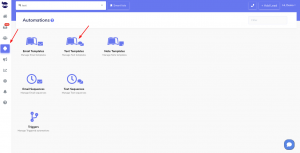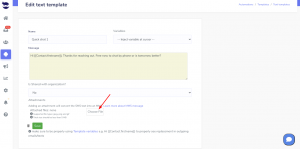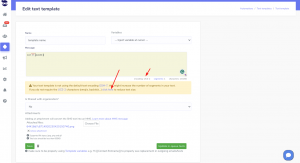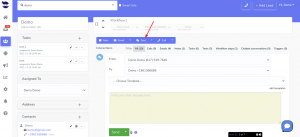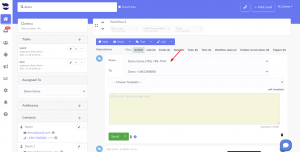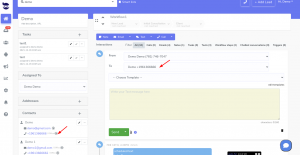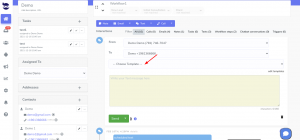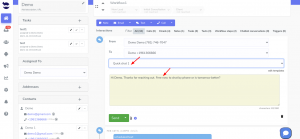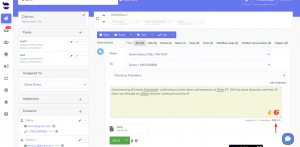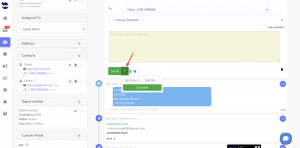Adding attachments to templates sounds interesting especially if you’re trying to launch a special campaign with a nice catchy design.
Attachments to email templates
We presently don’t allow attachments to email templates.
We recommend hosting your attachment files on your website or a file hosting service and adding the link to download it in your template call to action.
This has the following advantages:
- If need be, you can update the file at the link source.
- This is useful if the attachments need urgent changes after the emails have been sent out.
- It increases the reachability of your emails:
- As it lowers the email spam score.
- And you’ll be sending smaller-sized outbound emails.
Attachments to text templates
Adding an attachment to your text template will change the SMS text into an MMS.
- Go to Automations > Text Templates
- Click on +Add text template and Choose a file
We highly recommend hosting your attachment files on your website or a file hosting service and adding the link to download it in your template call to action.
Also, you want to consider counting the characters included in the text to avoid your text being counted as multiple segments and being overcharged for them.
If the size of the text is larger than 3 segments, or if it requires a specific encoding method, an alert will pop-up to notify you.
